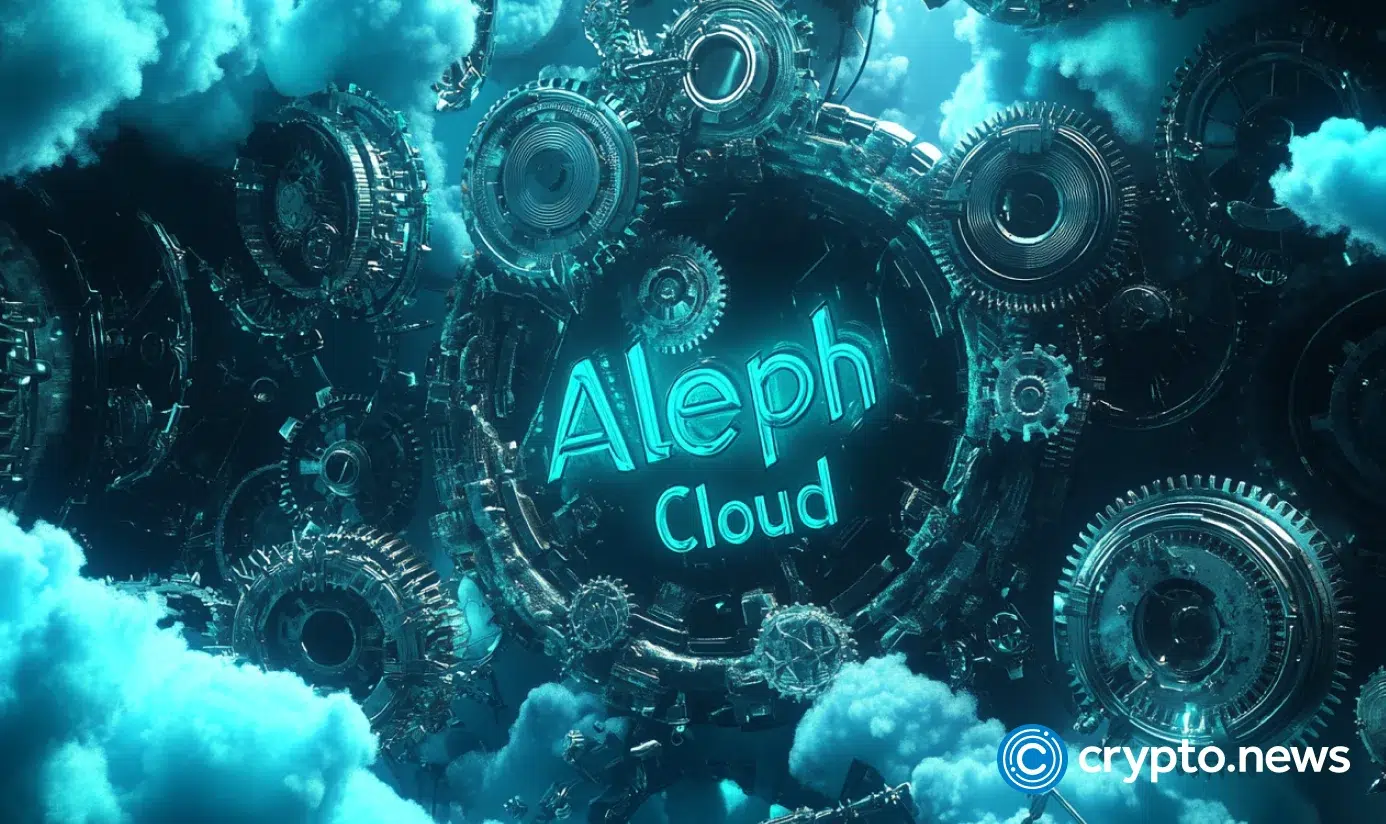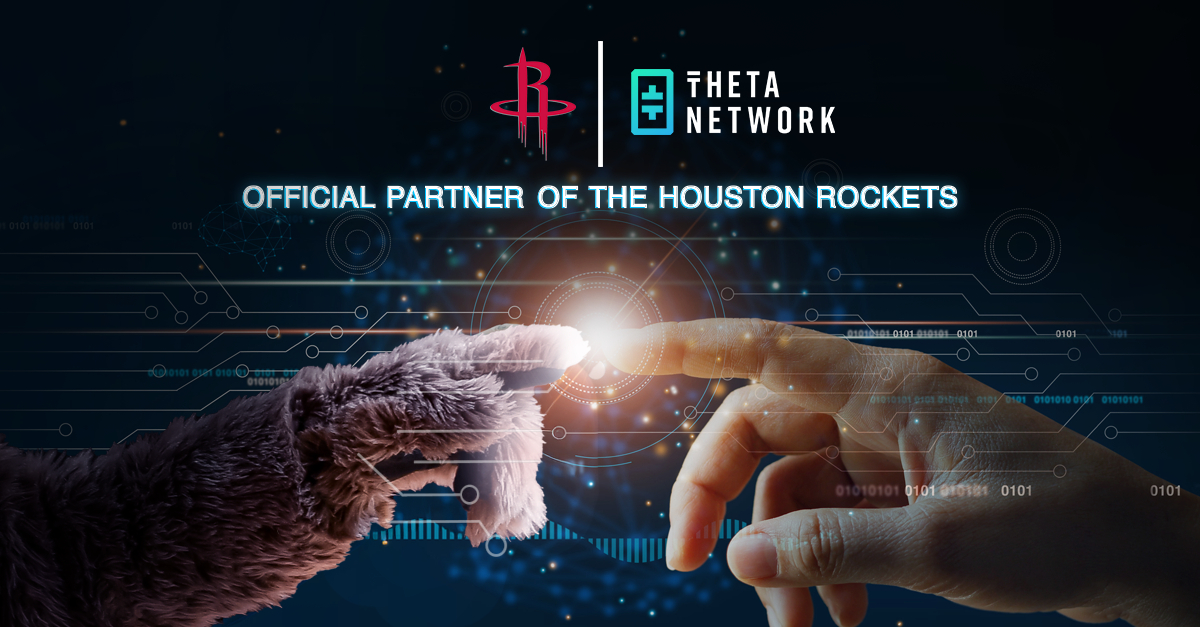Latest Storage and Data Protection News Highlights
Assured Data Protection expands into Latin America by launching operations and offering Rubrik technology, ensuring cyber resiliency for enterprises. CUDOS and Storj collaborate to provide distributed compute and storage solutions for AI and modeling. DDN achieves tier-one performance data platform certification for NVIDIA Partner Network Cloud Partners. LiquidStack introduces CDU-1MW, a universally compatible coolant distribution unit for direct-to-chip liquid cooling. Rubrik introduces data protection for Salesforce, emphasizing the importance of backing up SaaS applications. RocketStor 6541x Series NVMe RAID Enclosures offer high performance and flexibility for PCIe Gen4 platforms. Corporate IT teams express concerns over data protection practices in the enterprise.
Related News





